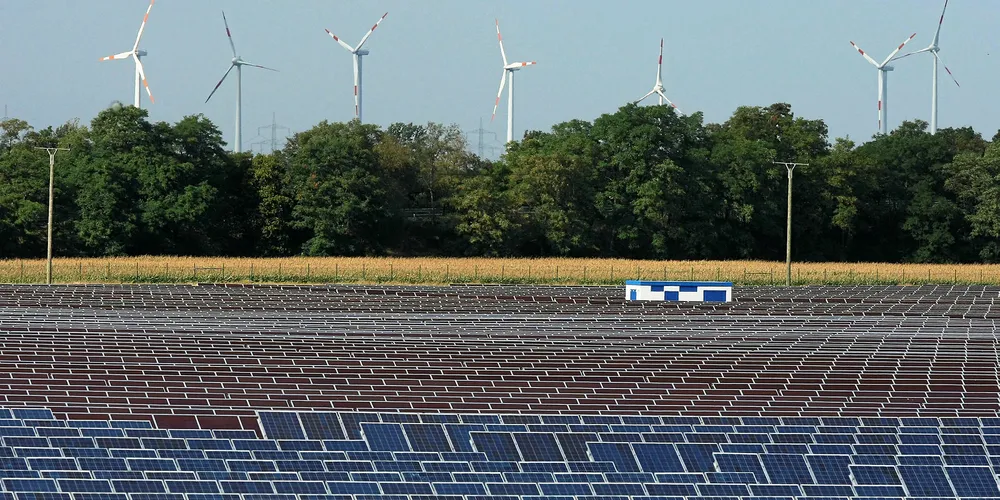Wind and solar head opposite ways again at German auctions
A 675MW wind auction is undersubscribed with prices at the ceiling, while solar prices fall in oversubsribed 150MW auction

A 675MW wind auction is undersubscribed with prices at the ceiling, while solar prices fall in oversubsribed 150MW auction
